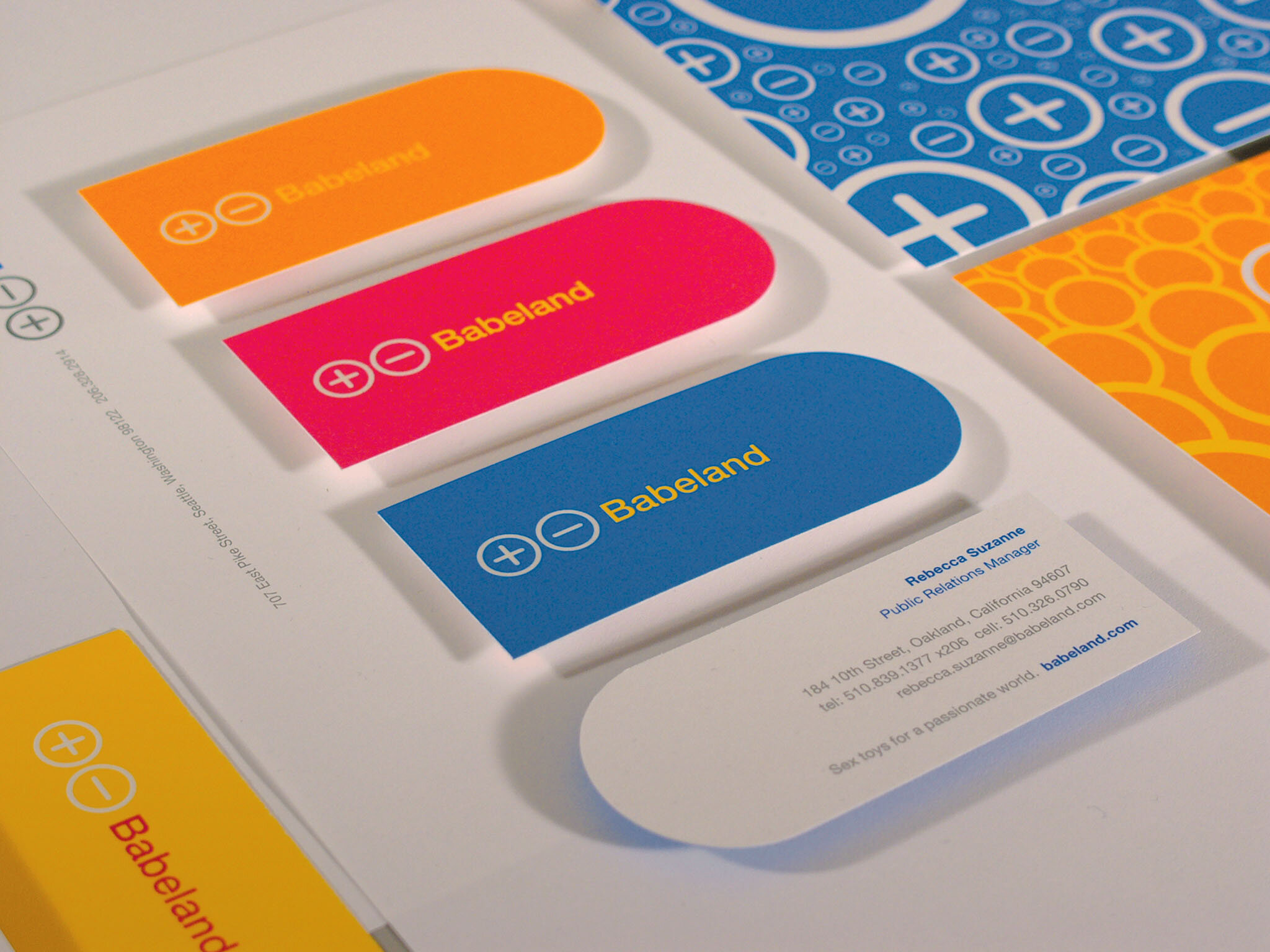
Babeland
Seriously. When Rachel and Clare first rang us up, we weren’t quite sure what to make of it. Really? Sex toys. OK. Tell us more. Turns out, they actually had a serious business problem. After starting the biz in Seattle, they’d seen it grow and grow—scaling to include three stores in New York and another in the offing in LA. But with that growth came a growing sense of unease. Not because the bottom line was suffering. More because the brand just didn’t feel right. It felt stiff and dull and kinda sanctimonious. Boring, basically. SO not how it should feel. And, it seems, no matter how hard they’d tried to fix it themselves, nothing was working. Cool problem to solve, right? Partially because, as we discovered in talking to folks throughout the company and to customers on both coasts, the company really could become the ‘Target of sex toys’ (their words, not ours). But making that happen was going to require a huge shift in thinking. Instead of leading with product and being fearful of marketing, we helped them lean into the fact that Babeland is actually the quintessential human potential brand—a brand that promises (and actually delivers) satisfaction. And we helped them take that brand from DIY to OMFG in every single possible creative execution—from advertising to packaging to retail environments.
And though we still (sometimes) blush a bit about this one, it was a blast.

The Problem
—
Why are we so uncool all of a sudden?
We were approached by the founders of the former Toys in Babeland (a women-owned purveyor of sex toys with stores in New York, Los Angeles, and Seattle) and presented with a challenge: how do you take what was once a thriving grassroots organization and transform it into a vibrant and distinctive lifestyle brand that speaks to modern consumers? Limited by an awkward name, a haphazard approach to marketing, and way too strong an emphasis on product, the company had seen what once was a brilliant and beautiful re-imagination of retail turning a bit preachy, clinical, and dull. Hardly what you’d expect, huh?


The Research
—
Guys, we could literally be the Target of sex toys!
After getting over the initial shock (really, us?) we started talking to people throughout the company about why they worked there—what they felt the brand stood for, personally, and why. From the start, it was clear that this was more than a just some shrewd retail play. It was an idealistic, empowering movement—one that everyone from the founders on down had a clear (shared) vision for. But, to a person, we heard that (for reasons no one could quite put their finger on) the brand didn’t reflect that as brilliantly or as beautifully as it could or should. Instead, it felt tired. Or folks-y. It wasn’t pro. And they SO wanted it to be. Even super-loyal, long-time customers felt exactly the same way. They loved the company and could totally picture it becoming, as they put it, ‘Target of sex toys’. But something was clearly standing in the way…

The Insight
—
Babeland is the perfect human potential brand.
Honestly, it took a second for us to shake our own preconceived notions about the sex toy biz. But as soon as we did, a huge insight emerged. Babeland wasn’t just selling sex toys. They were selling satisfaction. Full stop. And that’s all about human potential. Basically, Babeland could become the quintessential human potential brand. It could promise—and totally deliver—a better human experience. Just like the superbrands. But unlike, say, Coke, Nike, or Apple who promise life (Coke Adds it), ability (Just Do It), or imagination (Think Different) Babeland was selling something more that just soda, shoes, or phones. They were selling pleasure. But, like a lot of their competitors, they’d erred on the side of leading with product. Why? Partially because of the loaded nature of sexuality in popular culture. Partly because of the educational component involved in marketing sex toys. Partially because, well, it’s easier. That’s why pretty much everybody in the space was shying away from telling a bigger story—a more inclusive story, one with the same zeal that was percolating just under the surface in every conversation we had with employees on the inside. Time to flip the switch and beat the competition (and the superbrands) at their own game.
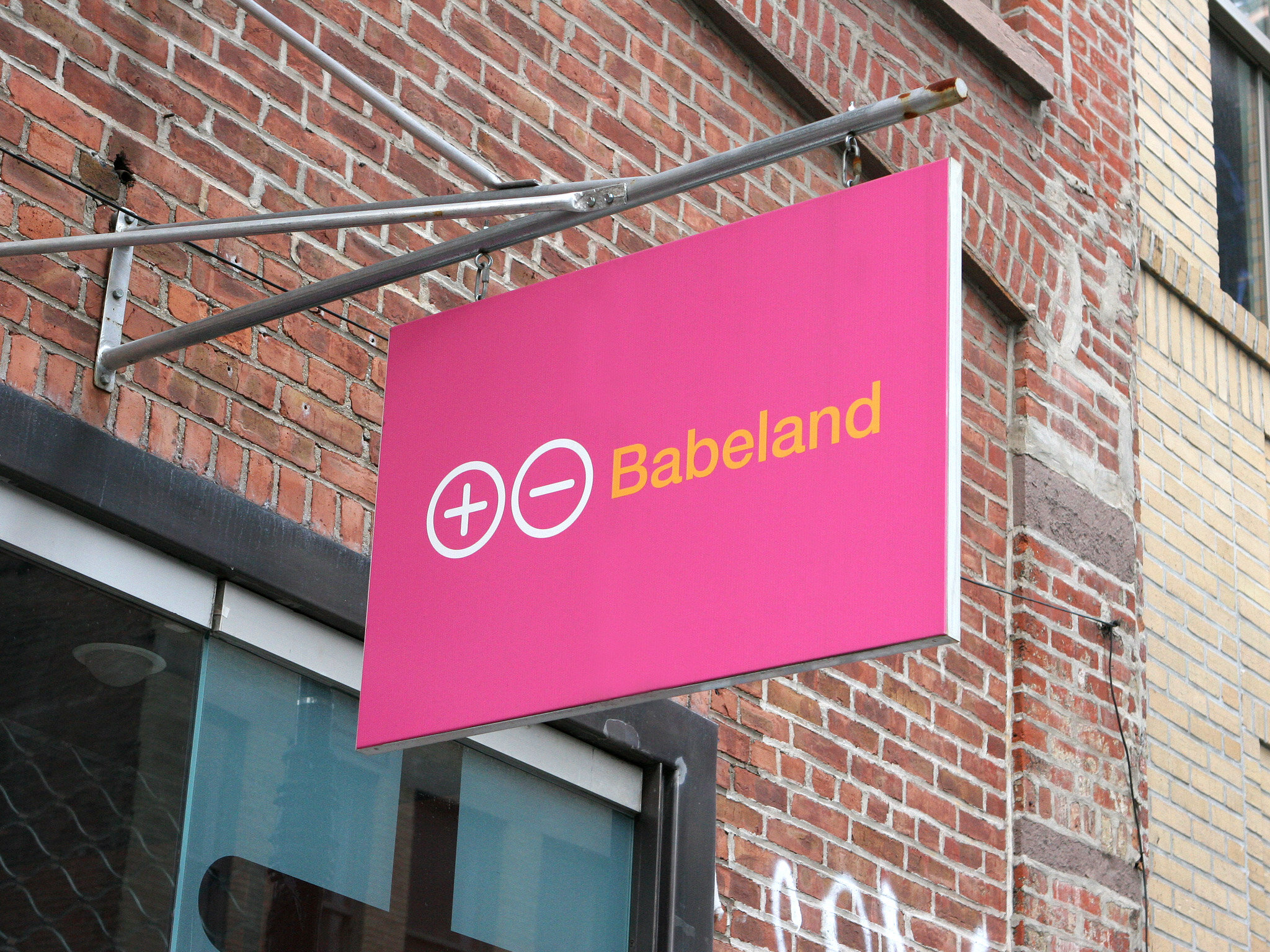

The Answer
—
Babeland is a destination.
Everyone hates the brand attribute game. It’s usually a shallow exercise that results in attributes that are hopelessly vanilla (trustworthy, innovative, visionary, etc). Instead of going there, we helped the company home in on a succinct set of brand promises that would actually make a difference to Babeland customers. Where did we start? By codifying what gave the company its sense of purpose in the first place: passion, exploration, and satisfaction. Pretty simple. Babeland was all about elevating the role of sexuality in daily life and creating a more passionate world. Babeland was all about exploration and bringing delight into people’s lives (in sometimes unexpected ways). Babeland was all about personal satisfaction. It needed to be a welcoming place—an open, inclusive destination that created a contagious sense of optimism and excitement. In a world where consumers are increasingly accustomed to being marketed to with heartless precision, Babeland’s idealism could offer an invigorating and refreshing alternative.
“We had never hired a branding agency before we found you all. We were sensitive, almost fragile, when it came to our brand. We believed no one understood us but us. How could some outside agency ever capture the sensibility of and guide the aesthetic of our feminist sex toy business? How? We were skeptical, to put it mildly. And, you scored. You saw what our brand could be, and unified and elevated it beyond what I imagined. Your intuition and hard work brought Babeland to the next level of brand recognition, and we have been enjoying the benefits ever since.”
Claire Cavanah, Cofounder

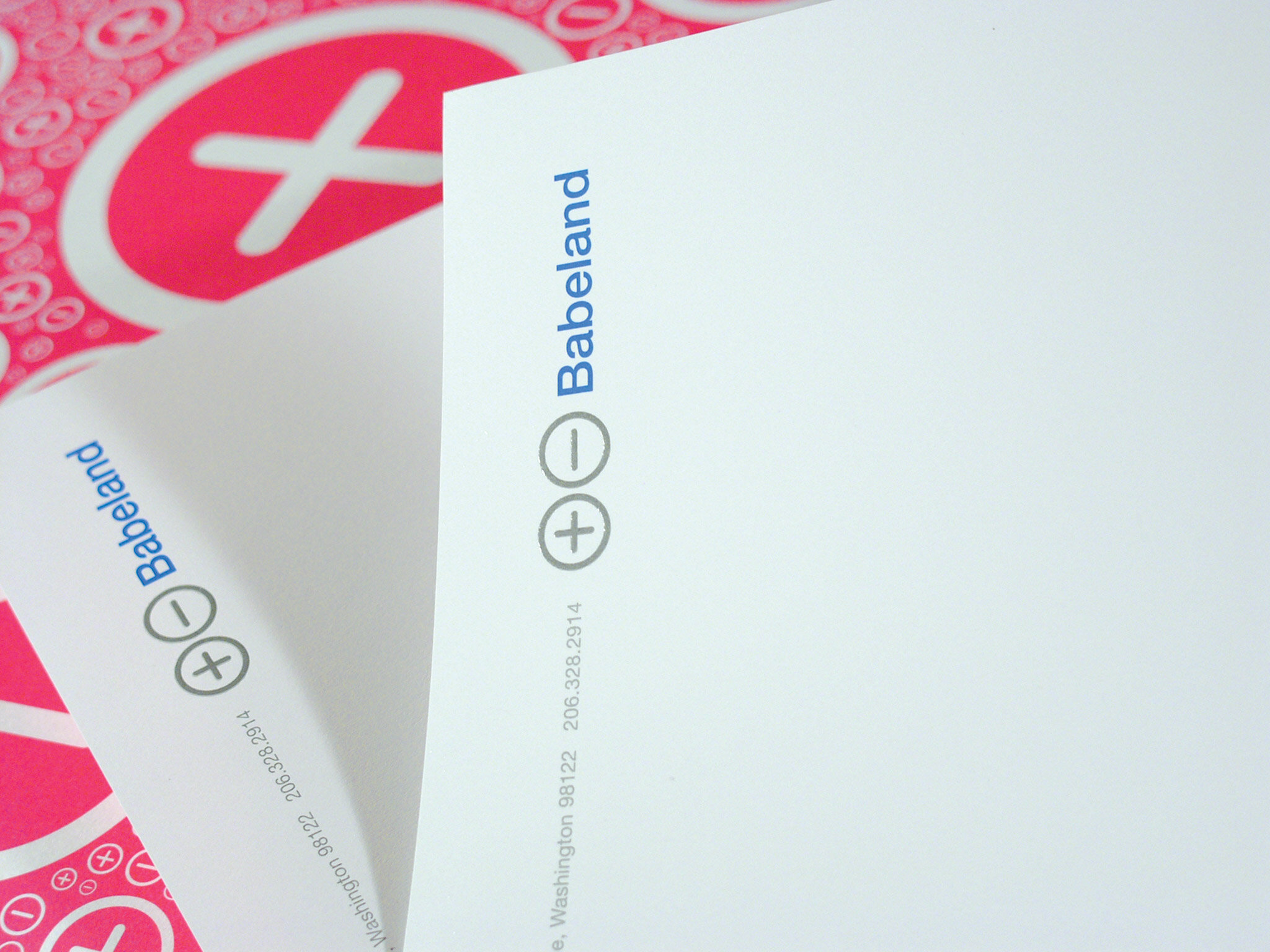


The Work
—
Going from DIY to OMFG.
The more tactical doing on the project ramped up quickly once our initial conclusions took hold. Everyone on the inside was on board (faster than we imagined) with leaning on brand, not product, and forging a deeper bond with consumers around the pleasures of a more purposeful sex life. But we sensed some initial wariness about getting their look and their voice more dialed. They (rightly) wanted not to be corporate-ized. But that fear faded as soon as we shared our first round of identity studies—including a little gem of a mark that told a clever story, not only about attraction, but also (hilariously) about sex toys themselves (and the batteries that power them). Paired with a super streamlined wordmark (that embraced and co-opted ‘corporate’) and a vivid, ultra-saturated color palette, the approach came together in a relative snap. Working with folks in Marketing, PR, Operations and management, we meticulously refined every touchpoint of the brand—from advertising, to packaging, to retail environments, all the way down to stationery. Gone was the pun-y old, product-focused name (Toys in Babeland) rendered in mysteriously leafy all caps. And in came a new, streamlined, flexible, fun-forward system that anyone in the company could run with and extend.
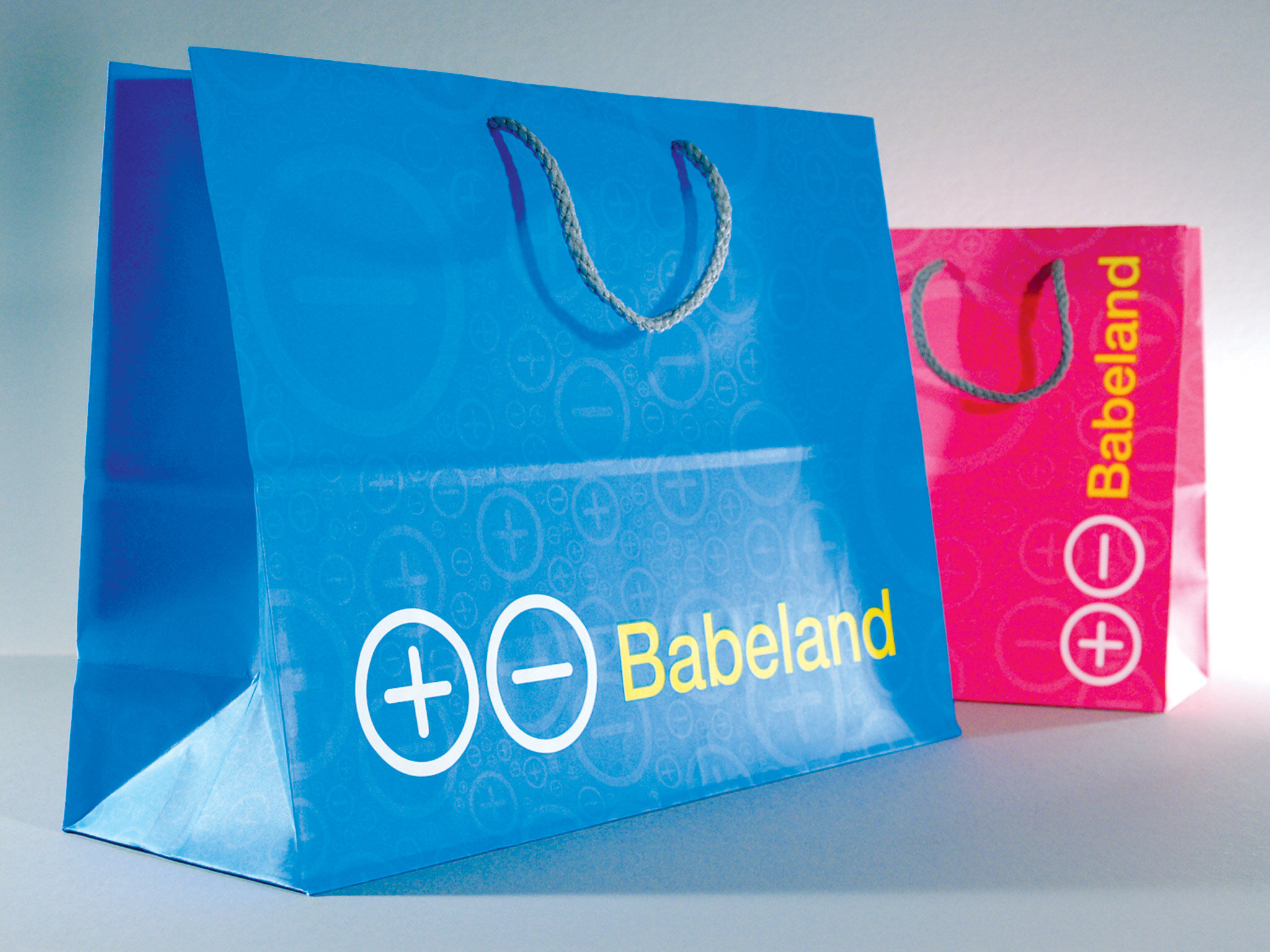
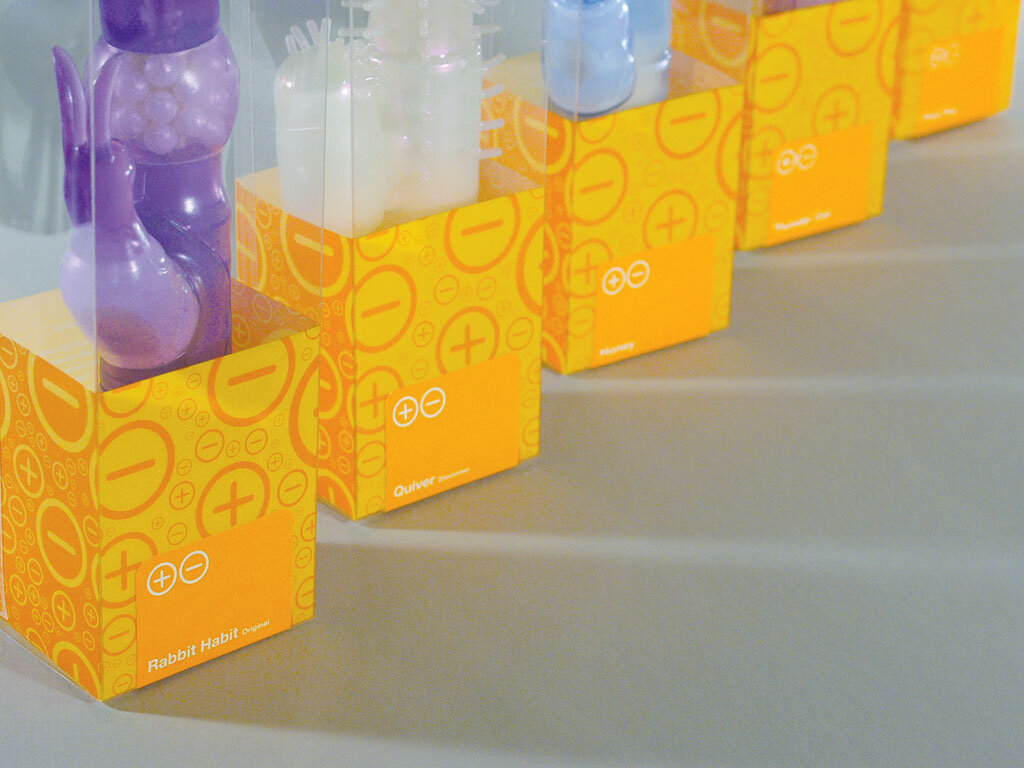


The Ending
—
Look good. Feel even better.
We can safely say that Babeland may be the only project where, more than ten years after the gig ended, our clients still send us snapshots of new hires just back from the tattoo parlor. With the logo permanently emblazoned on their forearms. Seriously. It happens. And we couldn’t be more over the moon about it. Partially because, after working with a whole host of slightly more corporate players, we still find ourselves looking back on the Babeland project and smiling. To us, it’s still a powerful reminder of the impact of telling a true story, in an inviting, magnetic way. Not only on the bottom line (really, you should see their financials now). Not only on their marketshare or their customer base. But on the rank and file on the inside. When we started, everyone felt a little stuck—wishing the brand they loved wasn’t so lame. When we ended, everyone felt stoked beyond belief—ready willing and able to fight the good fight. In style.
In other words, good clean fun was had by all.
What We Did
